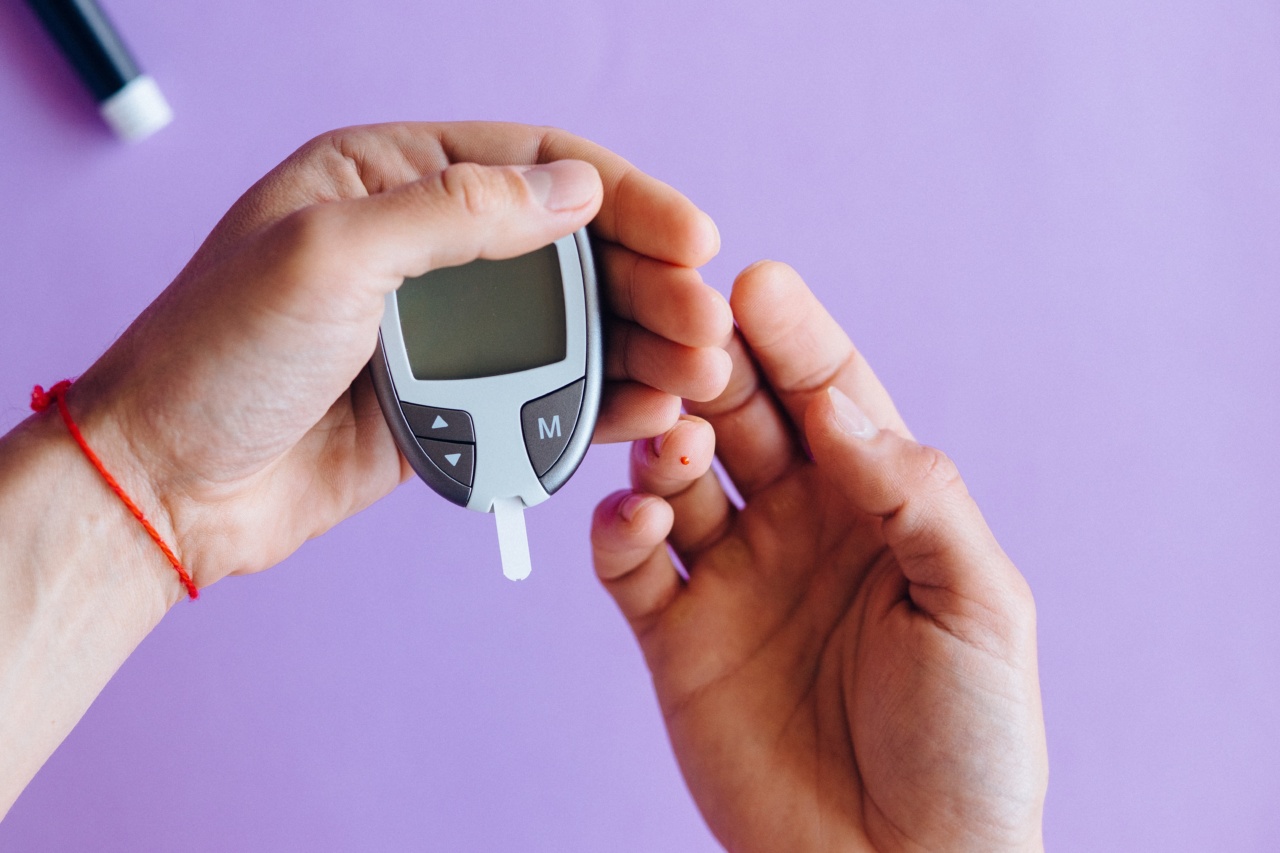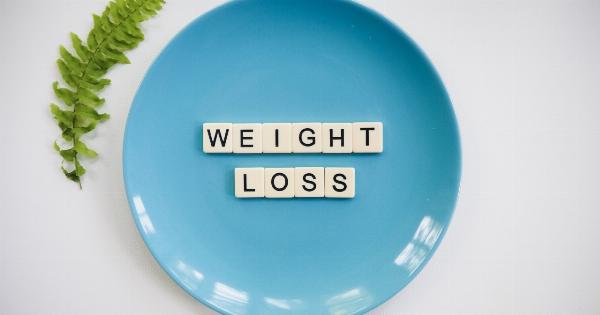High blood sugar, also known as hyperglycemia, is a condition characterized by elevated levels of glucose in the blood. It is commonly associated with diabetes, but can also be caused by other factors such as poor diet and lifestyle choices.
Fortunately, there are several dietary shifts you can make to help regulate your high blood sugar levels. These small changes can have a significant impact on your overall health and well-being. In this article, we will explore five simple dietary shifts that can help you manage your high blood sugar effectively.
Eat More Fiber
Fiber is an essential nutrient that plays a crucial role in regulating blood sugar levels. It helps slow down the absorption of sugar into the bloodstream, preventing spikes in blood sugar levels.
Including more fiber-rich foods in your diet can help manage your high blood sugar effectively.
Some excellent sources of dietary fiber include:.
- Whole grains like oats, quinoa, and brown rice
- Legumes such as lentils, chickpeas, and black beans
- Fruits and vegetables, especially those with edible skins
- Nuts and seeds like almonds, chia seeds, and flaxseeds
By incorporating these fiber-rich foods into your diet, you can create a more balanced and stable blood sugar environment.
Choose Complex Carbohydrates
Carbohydrates are an important source of energy for the body, but not all carbohydrates are created equal. When managing high blood sugar, it is crucial to choose complex carbohydrates over simple carbohydrates.
Complex carbohydrates have a more intricate structure and take longer to digest, leading to a slower release of glucose into the bloodstream. This helps prevent sudden spikes in blood sugar levels.
Examples of complex carbohydrates include whole grains, sweet potatoes, and legumes.
Avoid or limit foods high in simple carbohydrates, such as sugary drinks, candy, white bread, and processed snacks. These foods can cause sharp increases in blood sugar levels and should be consumed in moderation, if at all.
Include Lean Protein in Each Meal
Protein is an essential macronutrient that can help regulate blood sugar levels. It slows down the digestion and absorption of carbohydrates, preventing rapid increases in blood sugar levels after meals.
Including lean sources of protein in each meal can help manage high blood sugar effectively.
Some excellent sources of lean protein include:.
- Skinless poultry like chicken and turkey
- Fish such as salmon, tuna, and mackerel
- Legumes and beans
- Low-fat dairy products like Greek yogurt and cottage cheese
- Eggs
By adding lean proteins to your meals, you can create a more balanced plate that supports stable blood sugar levels.
Limit Sugary Beverages and Opt for Water
Sugary beverages such as soda, fruit juices, and energy drinks are packed with added sugars that can quickly raise blood sugar levels. These drinks also provide little to no nutritional value, making them an unnecessary addition to your diet.
Instead of sugary beverages, opt for water as your primary choice of hydration. Water has no calories or sugar and can help regulate blood sugar levels.
If you find plain water boring, try infusing it with fruits or herbs to add flavor without the added sugars.
Practice Portion Control
Controlling your portion sizes is essential for managing high blood sugar. Even healthy foods can cause blood sugar fluctuations if consumed in excessive amounts.
Use measuring cups or a food scale to ensure you are eating appropriate portion sizes. Reading food labels can also help you understand the serving sizes and the nutritional information of the products you consume.
Eating smaller, more frequent meals throughout the day can also help maintain stable blood sugar levels. This approach prevents overeating and provides a steady supply of nutrients to support your body’s needs.
Conclusion
Regulating high blood sugar levels requires a comprehensive approach that includes dietary changes.
By incorporating these five small dietary shifts into your daily routine, you can effectively manage your blood sugar levels and improve your overall health.
Remember to consult with a healthcare professional or a registered dietitian before making significant dietary changes, especially if you have underlying medical conditions or are taking medications.






























